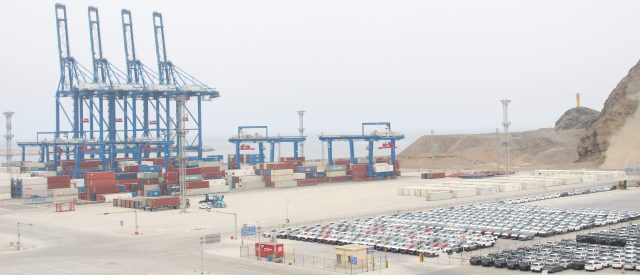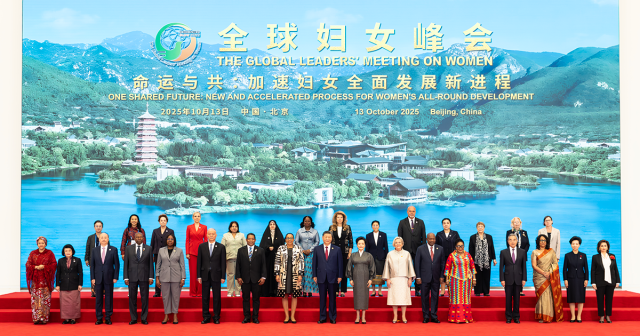Port of Chancay: Can it become a regional transportation hub?
Por: La República | 13 May, 2024

Opinion article by Leolino Dourado, researcher at the Center for China and Asia-Pacific Studies, Universidad del Pacífico.
The Chancay port project has reawakened the Peruvian dream of becoming a transportation center (or hub) for the Pacific coast of South America. It is easy to understand that such an undertaking has generated quite ambitious expectations. After all, it would be a multi-billion-dollar mega port, with Cosco Shipping Ports as one of the leaders, a Chinese company among the world’s leading companies in its field.
Given the size of the investment and the expertise involved, there is no doubt that the port of Chancay has the potential to become an economic development engine in Peru. Nevertheless, there’s a notion of its potential that has been disregarded despite lacking sufficient support. Here are some reflections on it, specifically for the Shanghai-Chancay-Manaus corridor.
Port executives and senior Peruvian government officials have suggested that Chancay would become a point of entry and exit for trade from China and Brazil, particularly the northern region, especially the free trade zone of Manaus. However, beyond suggesting that there would be a reduction in transportation time due to the shorter distance, no support for that proposition has been presented.
Would Chancay be a more attractive transport route for Brazil?
First, it is worth to understand that the decision of exporters as to which route to use for cargo transport is based primarily on the freight price, i.e., transit time is a secondary factor. Although the maritime distance between Chancay and China is shorter than from Brazilian ports, cargo from Brazil would travel a longer distance to reach Chancay. That fact has important implications for the freight price.
In the case of Manaus, for example, the city is about 3,600 km from Chancay, while Chancay is about 1,600 km from the nearest Atlantic port. Adding to the above, the maritime distance to reach China (17 and 22 thousand kilometers, respectively), the Shanghai-Chancay-Manaus route would be 13% shorter than the current Atlantic route. Despite this difference, the cost per kilometer of maritime transport is a fraction of what it costs for land (or river) transport to reach the port. Therefore, the potential benefits of the shorter China-Peru sea distance could be obfuscated by the longer distance to reach Chancay from Brazil, since the final freight price may not be cheaper than the current route. Therefore, a freight cost projection is needed to support the idea of a Shanghai-Chancay-Manaus corridor.
How much cargo could northern Brazil send or receive from Chancay?
It has been reported that Chancay would have a capacity of 30 million tons per year. In 2023, the northern Brazilian states closest to Peru (i.e., Acre, Amazonas, and Rondonia) exported and imported about 1.5 million tons from the entire Pacific basin of Asia and Oceania. That figure would be equivalent to 5% of Chancay’s annual capacity. The other Brazilian states have other ports much closer, so they would be very unlikely to use the port of Chancay. So, even if the freight were attractive, the volume of cargo from the Brazilian north would be modest.
What are the lessons of the interoceanic highway?
Inaugurated over a decade ago, the multimillion-dollar interoceanic venture fell short of its envisioned role as a conduit for Brazil-China commerce. Instead, beset by instances of corruption and adverse socio-environmental repercussions, it underscored the vital lesson that the mere establishment of a transportation artery does not ensure its utilization. Rather, efficacy necessitates the presentation of a discernible comparative advantage. Incorporating this experiential insight is imperative to avert the replication of analogous missteps.
What are the lessons of the interoceanic highway?
Despite the great potential of Chancay to be an engine of economic development for Peru, more support is needed to demonstrate that the Shanghai-Chancay-Manaus corridor is a feasible idea and not a utopia. In any case, it is ideal to remember that cargo from Brazil is not Chancay’s only bet; it is also expected that the port could receive cargo from other neighbor countries, such as Chile and Ecuador; cases that will require their own analysis.
View more

